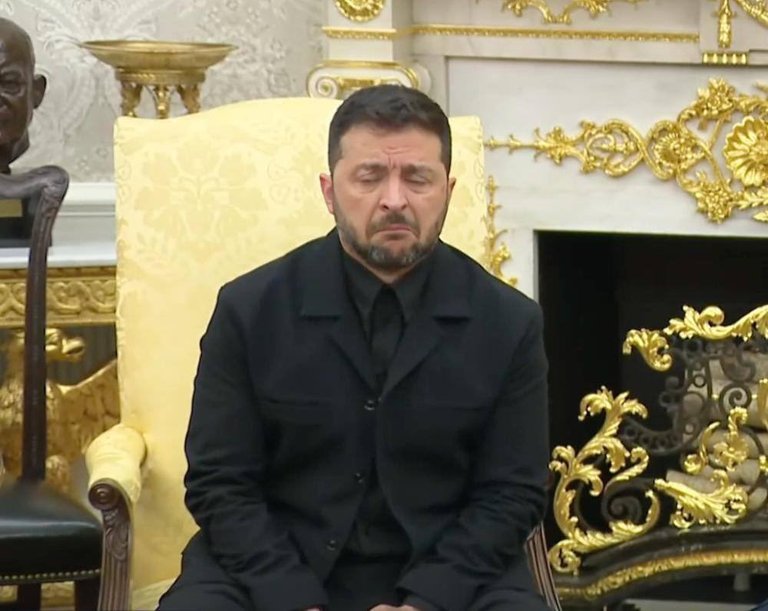Zelensky-Trump Summit: Navigating Diplomacy and Discord
On August 18, 2025, Ukrainian President Volodymyr Zelensky met U.S. President Donald Trump at the White House, alongside European leaders and NATO Secretary-General Mark Rutte, to discuss the Russia-Ukraine war. Following Trump’s inconclusive Alaska summit with Vladimir Putin, where no ceasefire was reached, Trump urged Zelensky to cede Crimea and forgo NATO membership to expedite peace. Zelensky rejected this, asserting, “Russia must end this war it started.” Tensions, fueled by a prior February 2025 shouting match, highlighted a strained U.S.-Ukraine relationship, with Trump criticizing Zelensky’s gratitude and pushing a U.S.-Ukraine minerals deal. European allies, including Macron and Starmer, backed Zelensky’s demand for strong security guarantees.
Impact on Peace and Stability: The summit exposes a fragile diplomatic landscape. Trump’s push for concessions risks undermining Ukraine’s sovereignty, potentially emboldening Russia and destabilizing Eastern Europe. Zelensky’s stance, supported by European leaders, resists a rushed deal that could allow Russia to regroup, risking further conflict. Without U.S. military aid, Ukraine’s position weakens, threatening NATO cohesion and regional stability. The clash between Trump’s transactional approach and Europe’s focus on enduring peace could fragment Western unity, complicating global security efforts.
Impact on the Crypto World : Geopolitical uncertainty from the summit could drive investors to cryptocurrencies like Bitcoin as safe-haven assets, potentially increasing prices. Ukraine, which has raised millions in crypto for its war effort, risks disruption if U.S. support declines, impacting its blockchain-based fundraising. A minerals deal could spur crypto innovation, like blockchain for resource tracking, creating investment opportunities. However, market volatility could spike if peace talks collapse, affecting crypto stability.
Could a U.S.-brokered peace deal inadvertently fuel Russia’s crypto-based sanctions evasion, reshaping global financial dynamics, and how might this impact Ukraine’s crypto-driven war funding efforts?

